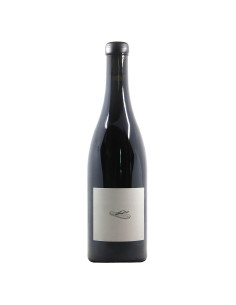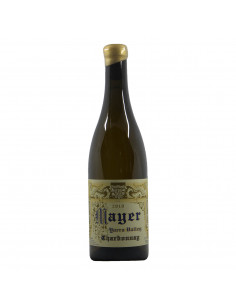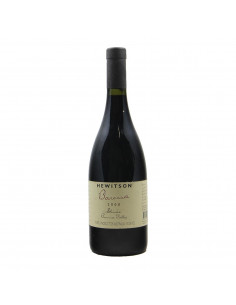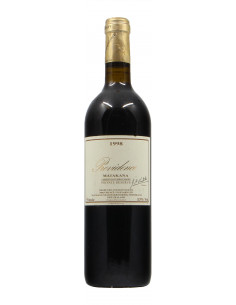Australian Wines
 Australian wines, quality and typicality for a great value for money
Australian wines, quality and typicality for a great value for money
Viticulture in Australia has origins dating back to the late 18th century and is eighth in the world for wine production. There are around 2000 vine growers, two of whom account for 80% of production, most of which is exported around the world, mainly to the United States but also to France, Italy and Germany. One of the main reasons for the boom in Australian winemaking is undoubtedly the excellent value for money of its wines.
A certainly positive aspect is the growth in this period of young winemakers who are working to raise the quality levels of Australian wine. Australia's climate is varied but tends to be very hot, sometimes torrid, and most of the vines are grown in the south where the climate is cooler, trying to follow the trend of producing fresher, more elegant wines.
Australia produces both white and red wines, with a slight predominance of whites. The best known Australian wine is Shiraz, a rich, structured and spicy red wine, which is produced in greater quantities with Cabernet Sauvignon. Chardonnay, Riesling and Semillon are the most widely grown white grapes.
The southern part is divided into 12 zones, including Clare Valley, home of Riesling, Barossa Valley, Adelaide Hills and Coonawarra, known for its fine reds made from Cabernet Sauvignon and Shiraz, from very old vines. Victoria is the country's finest area: here, the Yarra Valley region produces Pinot Noirs of great elegance, which have been compared to the great reds of Burgundy, along with excellent Rieslings. Cabernet Sauvignon and Merlot of great elegance and quality are grown in Western Australia. Refined whites from Sauvignon Blanc, Sémillon and Chardonnay are also found here. In Tasmania, the cold climate here favours the production of sparkling wines from chardonnay and pinot noir. Still white wines from riesling, traminer and pinot gris are also important, as are quality reds.








